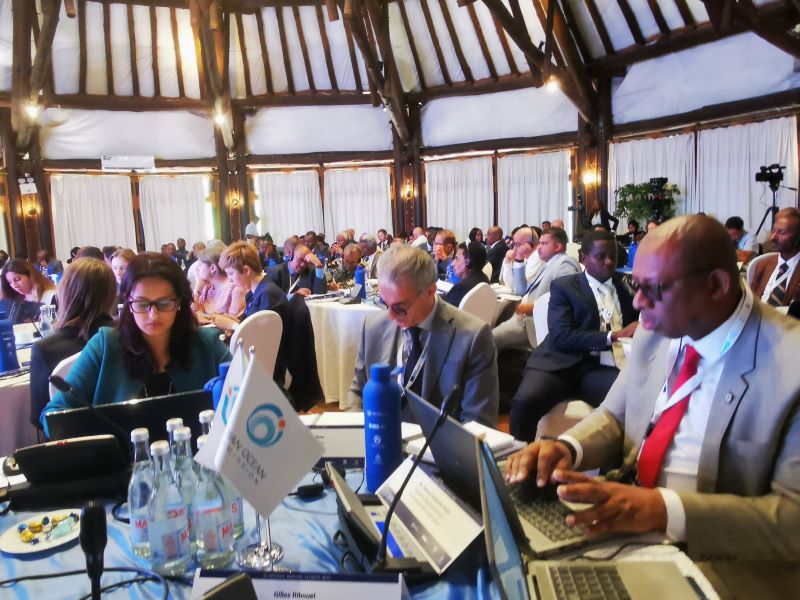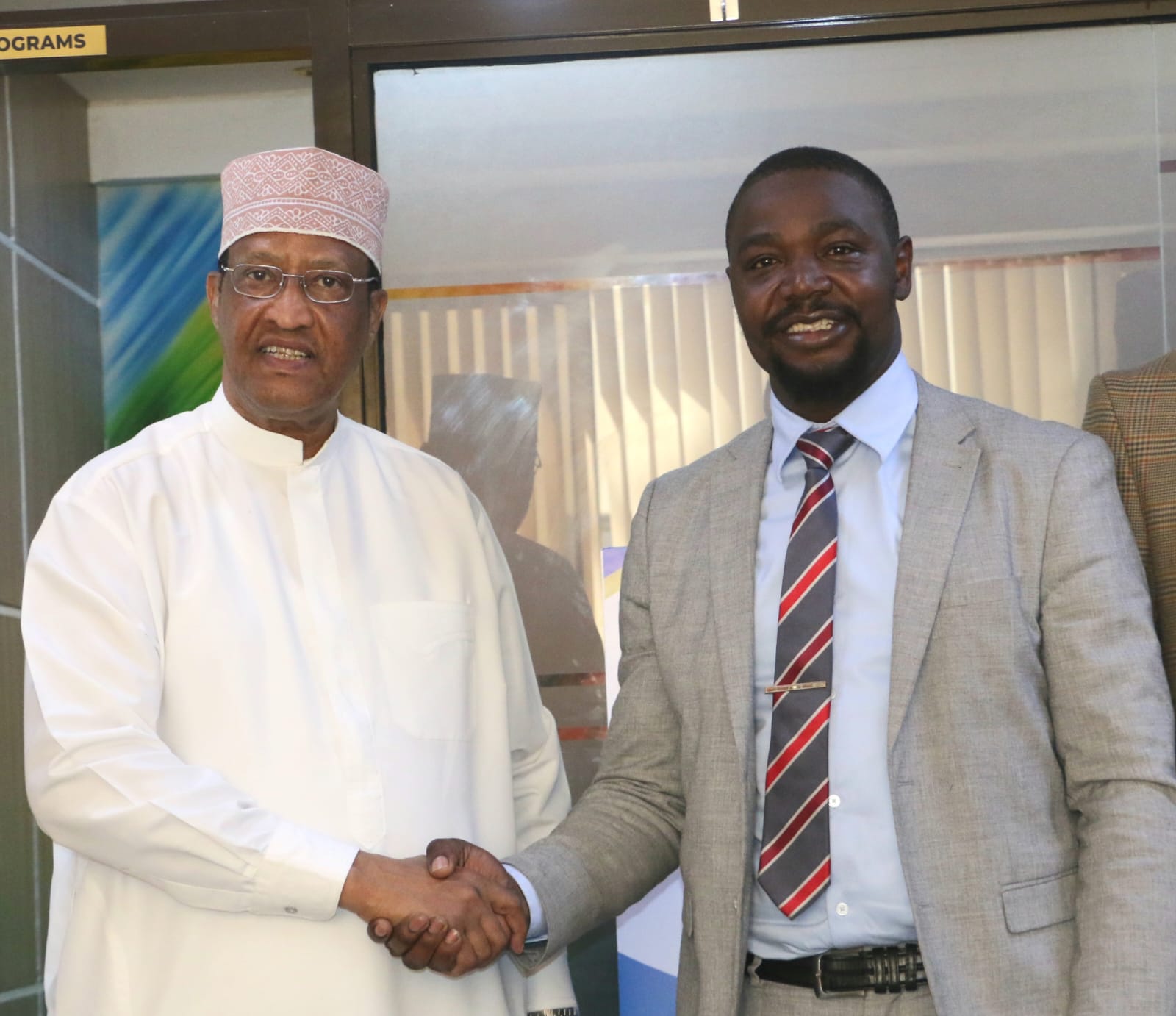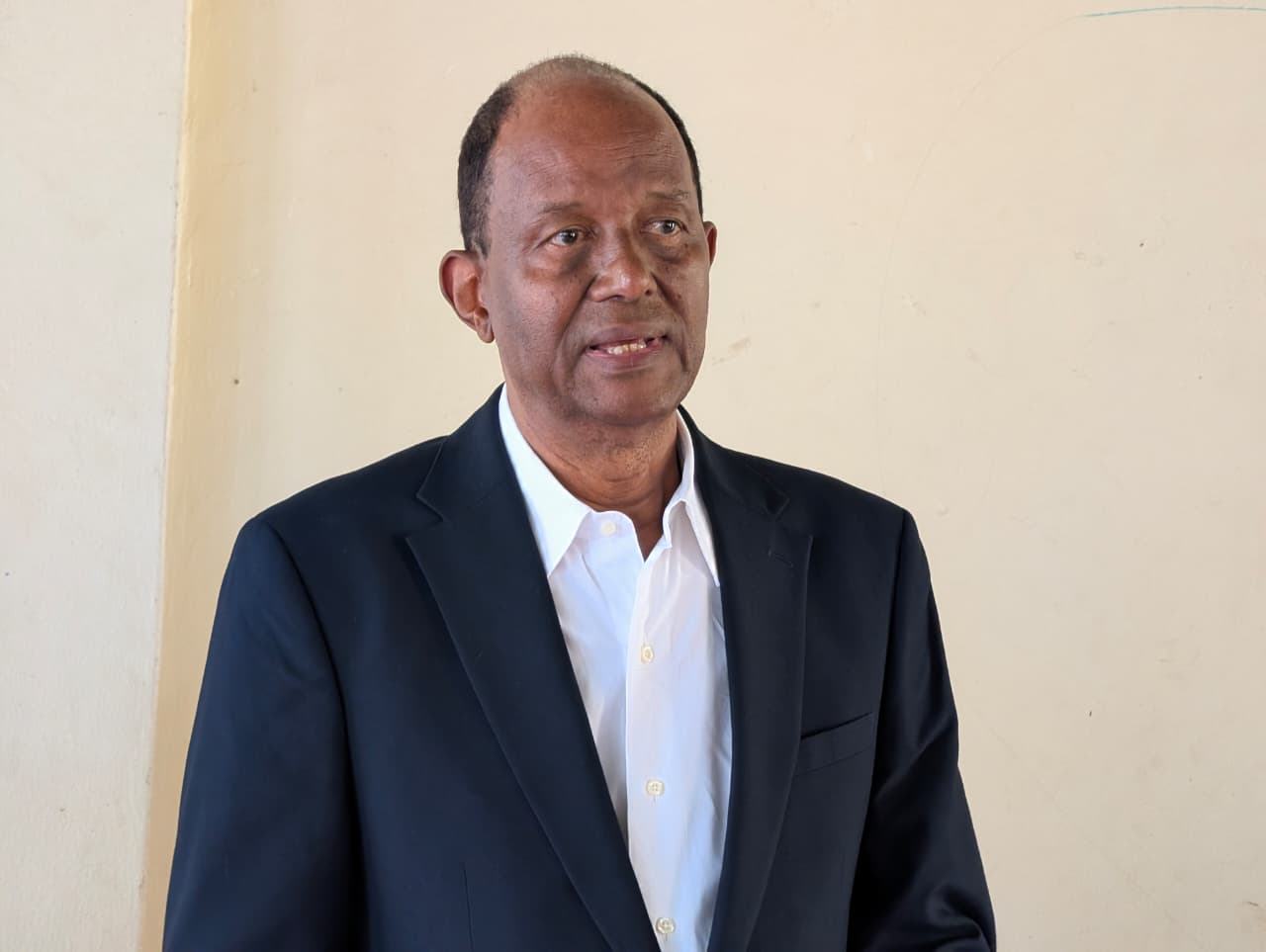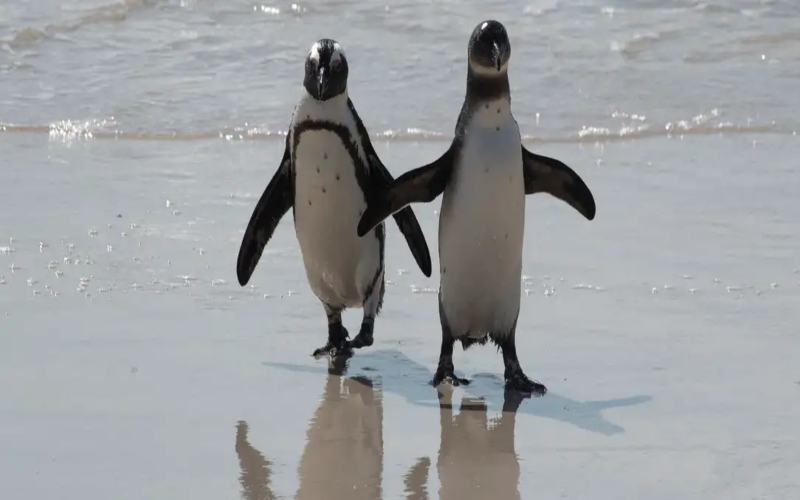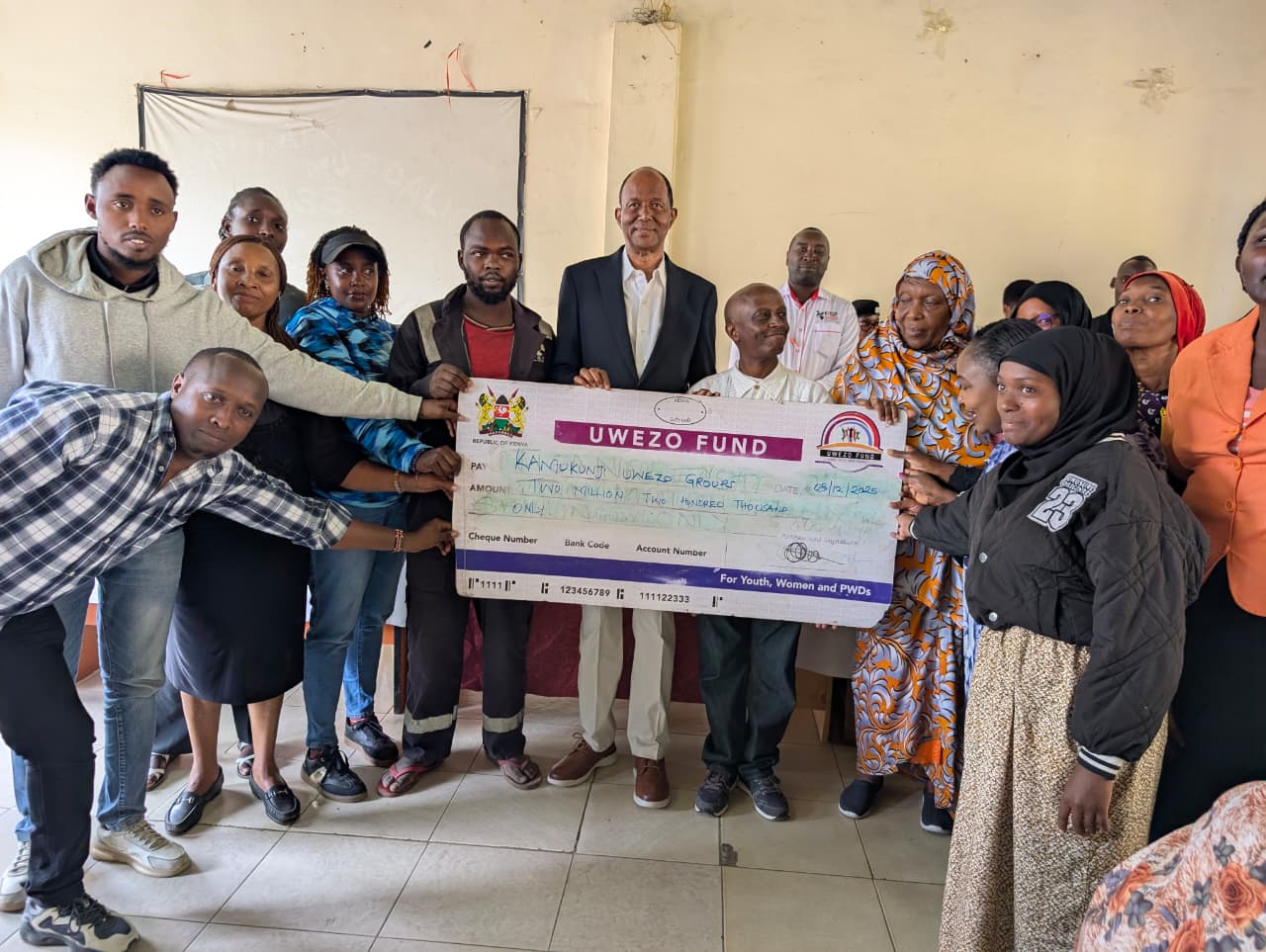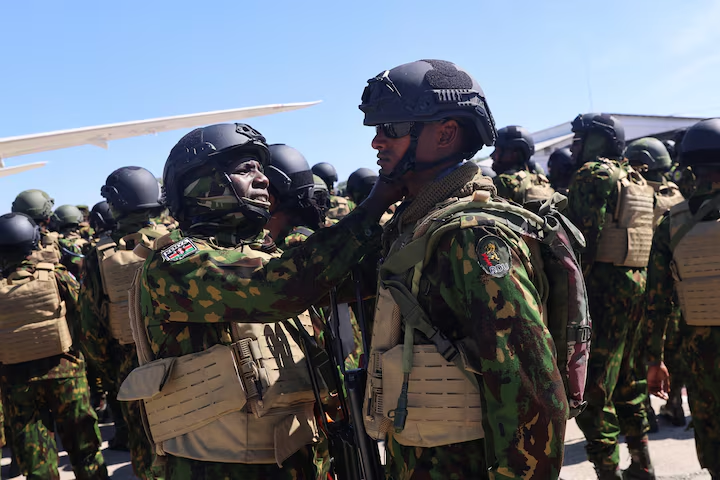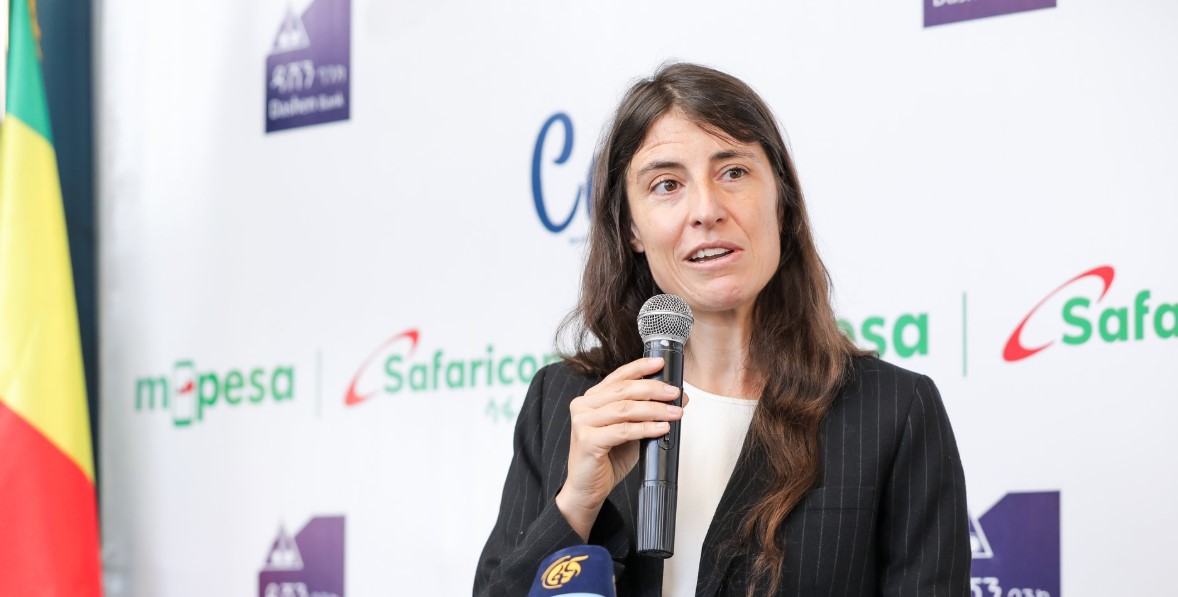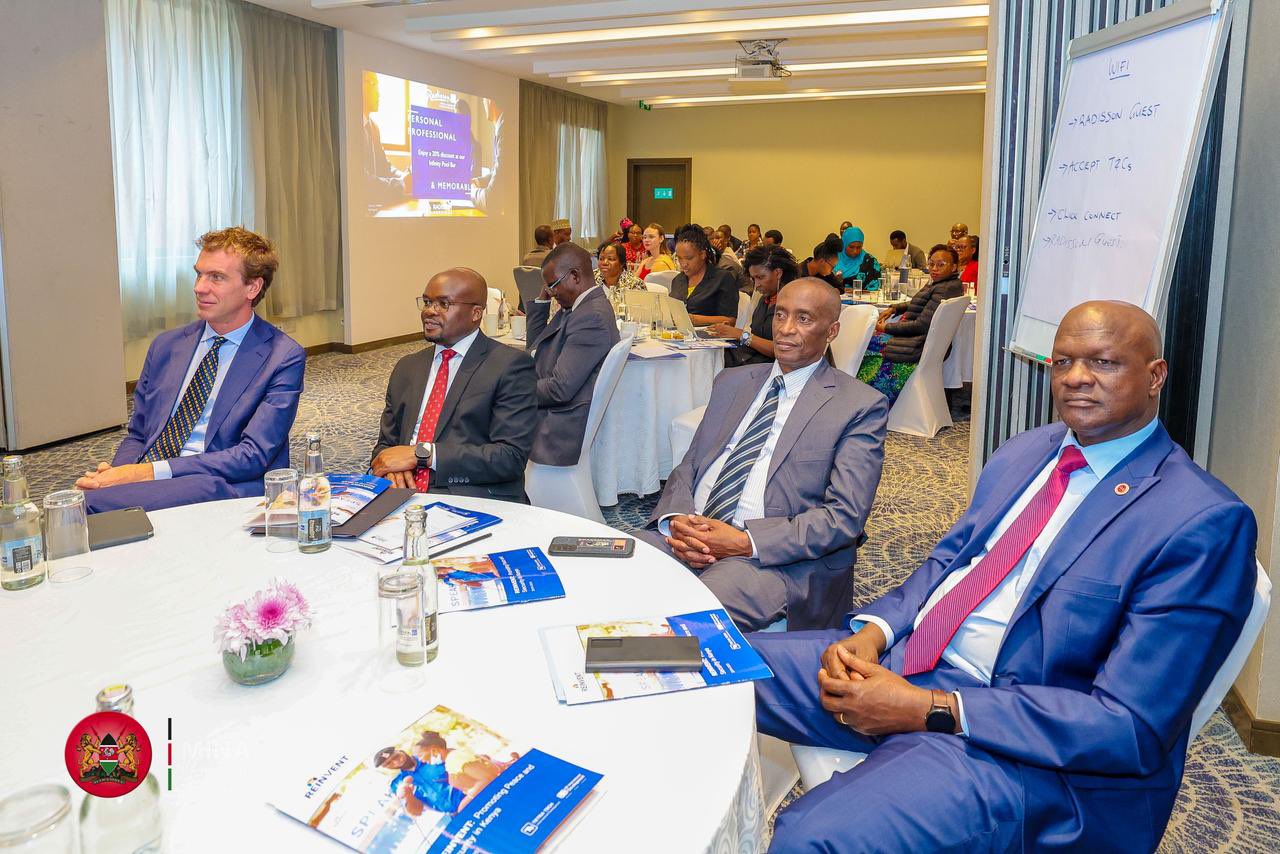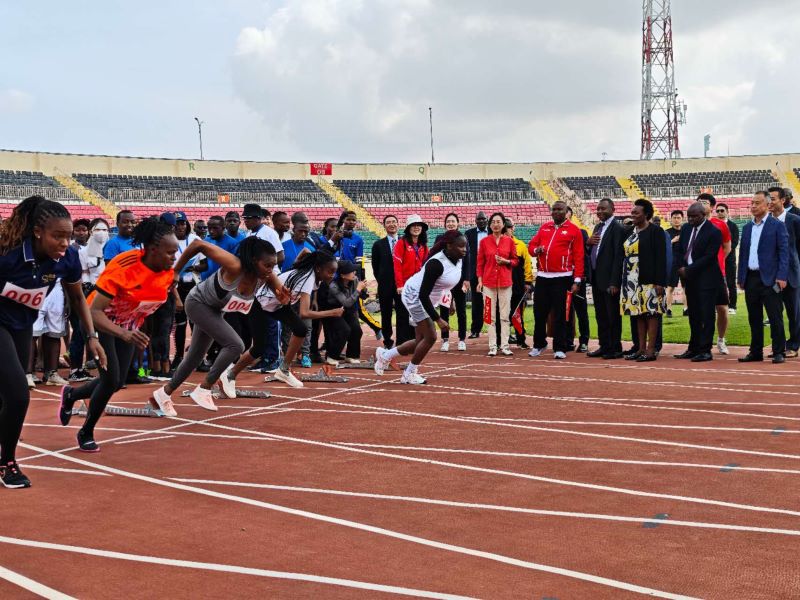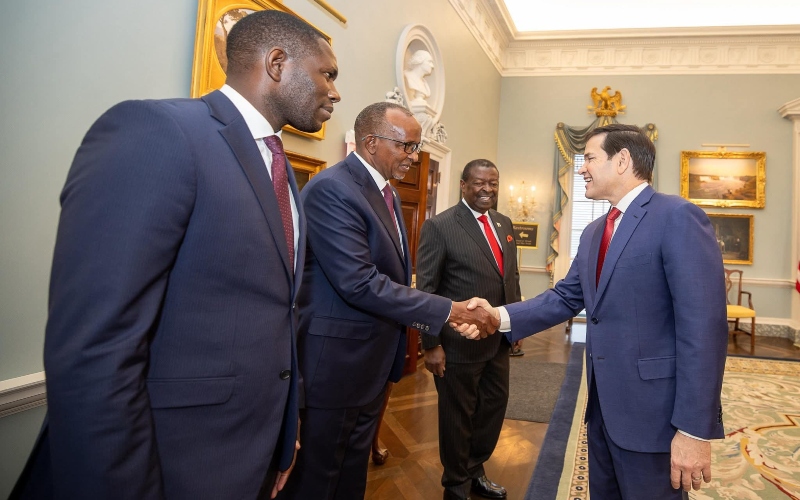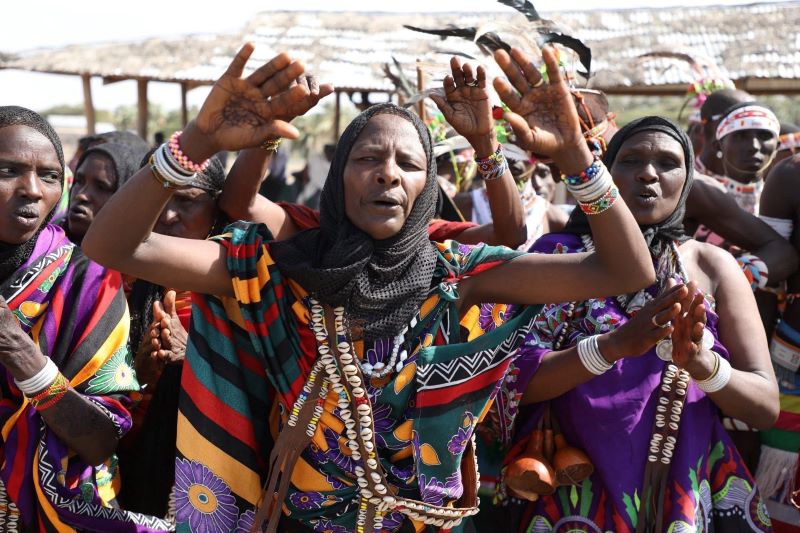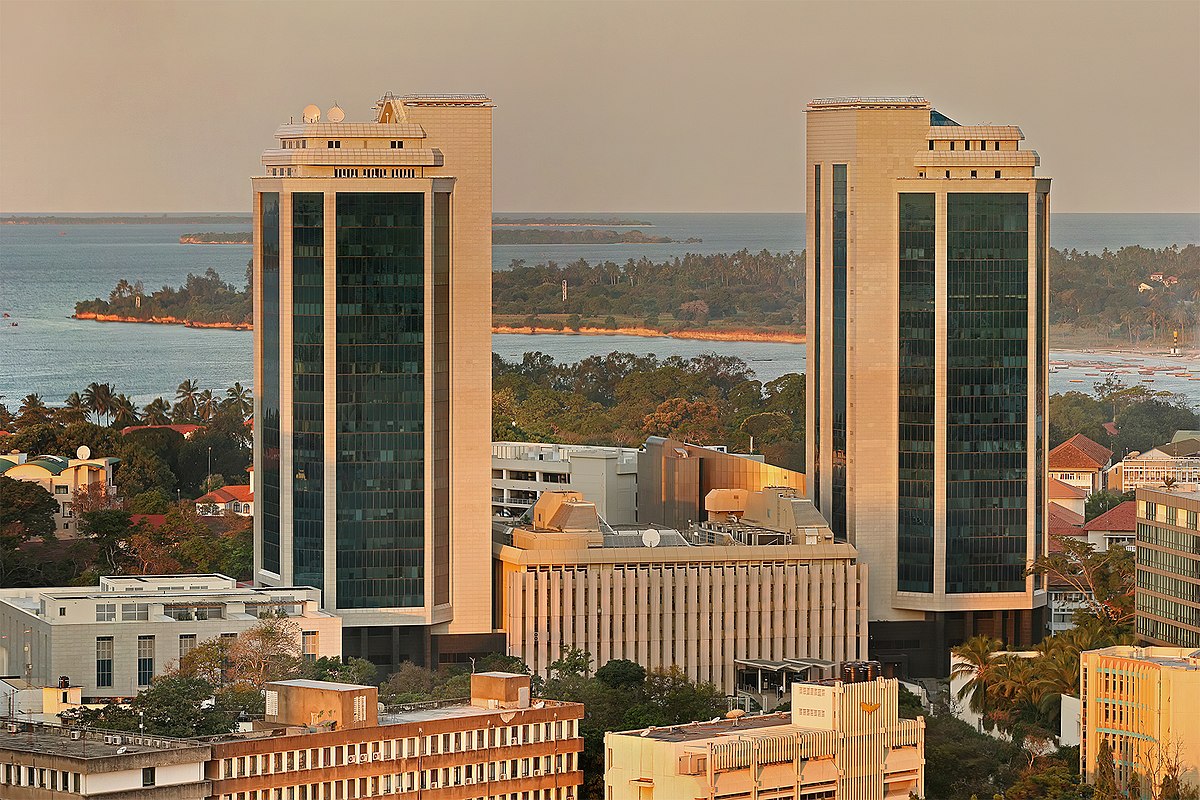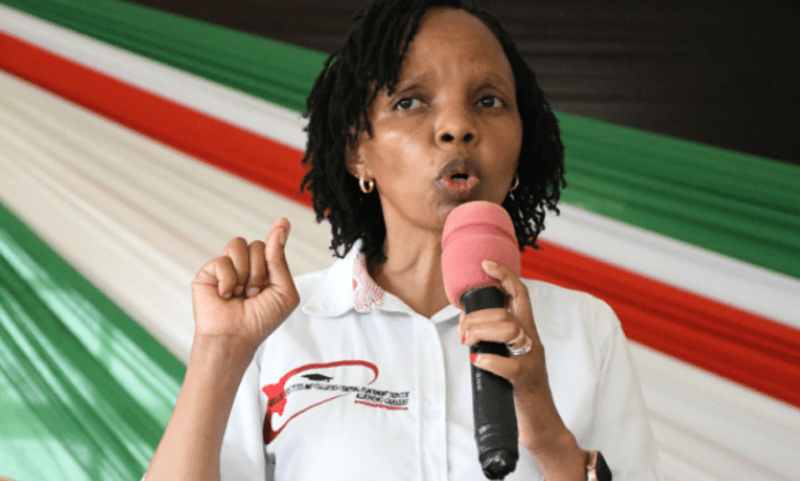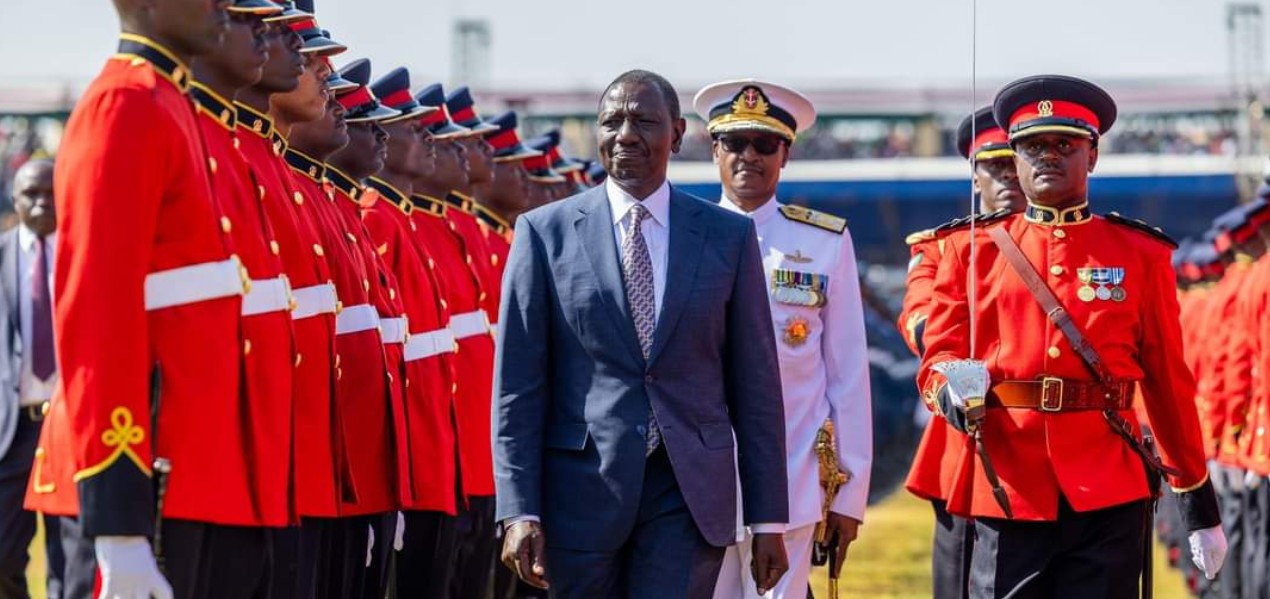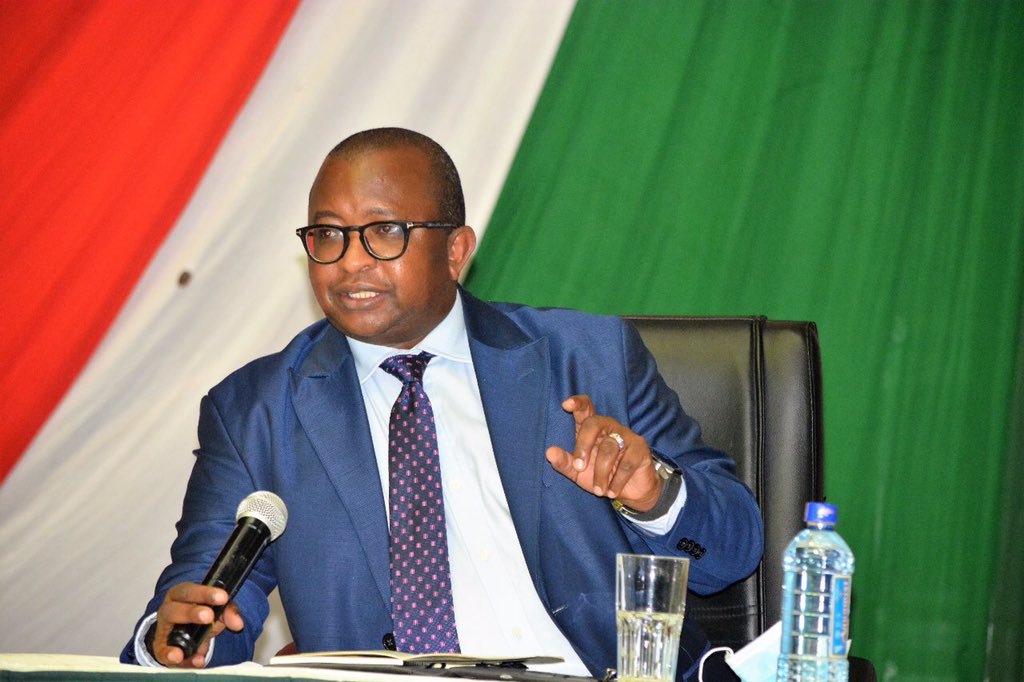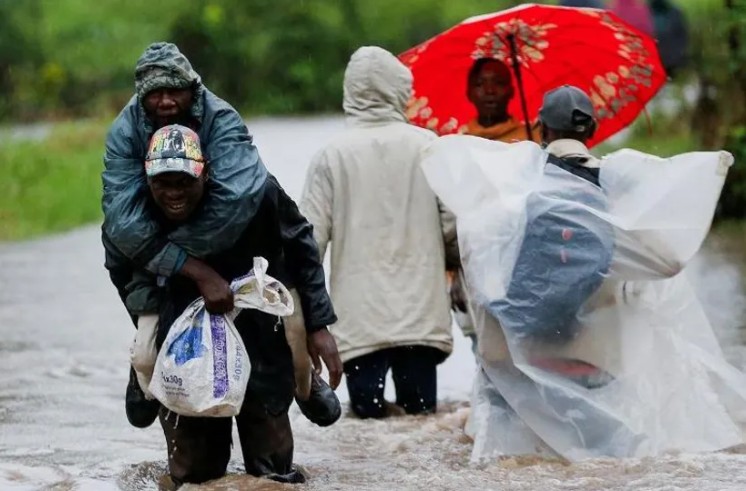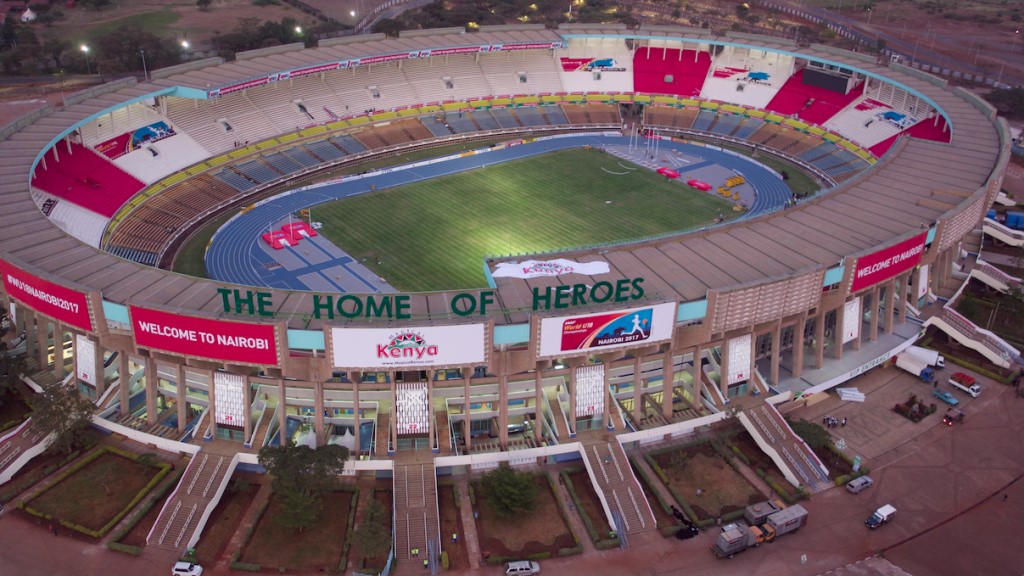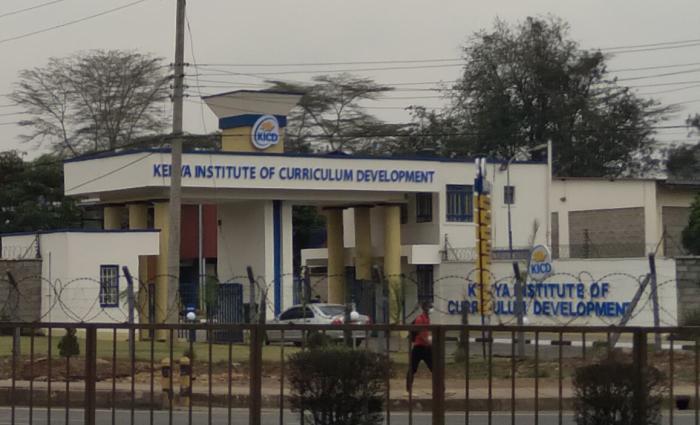Regional leaders order joint plan to eliminate Al-Shabaab, back stronger AUSSOM presence
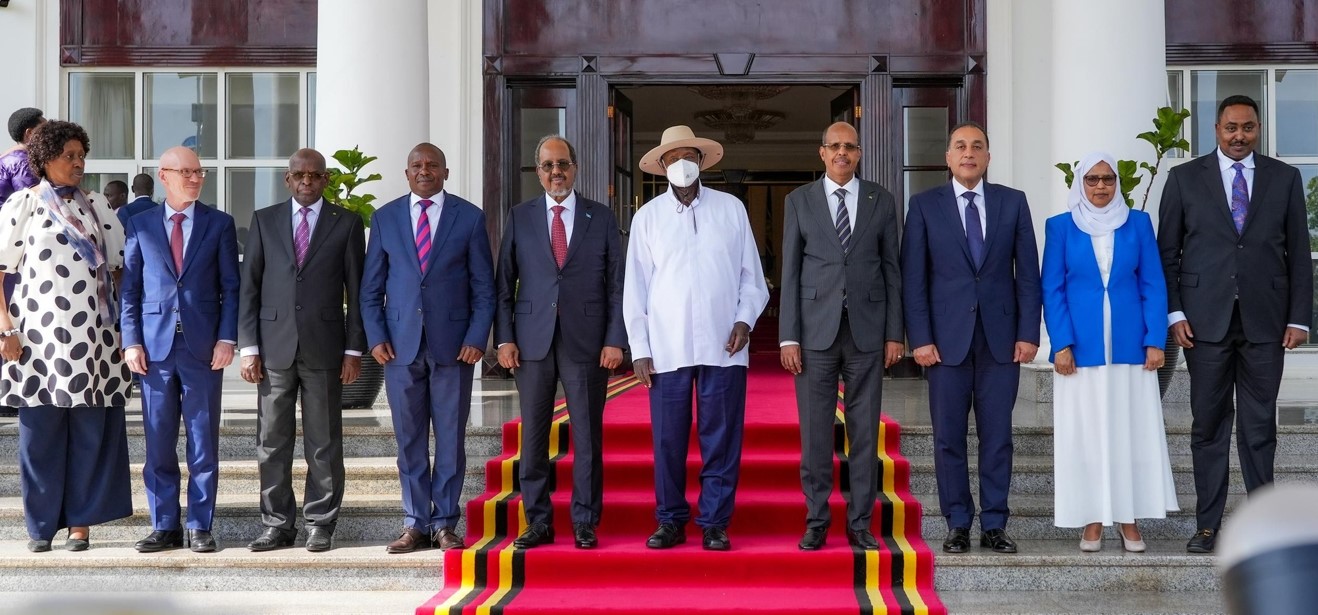
The AU forces in Somalia are credited for helping to root out the terrorists from the capital Mogadishu in 2009 as well as other major cities like Kismayo which was liberated by the Kenya Defence Forces in 2012.
Heads of states and governments from Djibouti, Egypt, Ethiopia, Kenya and Uganda meeting in Kampala on Friday have directed their defence chiefs to work with Somalia to come up with military plans to eliminate Al-Shabaab threat in the region, promising to increase forces through bilateral agreements to help the cause.
The meeting was convened in Kampala, Uganda to review security progress under the African Union Support and Stabilisation Mission in Somalia (AUSSOM) as well as take stock of gains made in the fight against Al-Shabaab in Somalia.
More To Read
- Trump faces rising backlash over remarks targeting Somali immigrants
- Somalia welcomes first group of Sudanese students under new scholarship programme
- Mogadishu’s Hamarweyne market shut for third day amid tax dispute
- How to make sweet and savoury plantains at home
- Somalia on high alert as Marburg virus outbreak hits neighbouring Ethiopia
- Mogadishu police, intelligence agents crack down on armed groups after surge in street crime
AUSSOM has troops in Mogadishu, southern and parts of central Somalia.
The directive came from a one-day meeting under the banner of AUSSOM Troop Contributing Countries (TCC).
In the meeting were the host, President Kaguta Yoweri Museveni, Somalia President Hassan Sheikh Mohamud, Kenya’s Deputy President Kithure Kindiki, Djibouti Prime Minister Abdoulkader Kamil Mohamed, Egyptian Prime Minister Mostafa Madbouly, Ethiopia’s Defence Minister Ayisha Mohamed Musa and African Union Commission Chairperson Mahmoud Ali Yousuf.
Also in attendance were IGAD Executive Secretary Workneh Gebeyehu, UN Envoy to Somalia James Swan, United Nations Support Office for Somalia Aisa Kacyira Kirabo and representatives from the EU, UK and the US.
A communique issued after the end of the one-day extraordinary summit of the TCCs proposed a raft of plans and recommendations and expressed support for Somalia and the AUSSOM peace mission in Somalia and urged for predictable funding to the peace support mission, whose work is being threatened by a lack of funds.
They also urged the AU and UN to finalise the procedures to expedite the deployment of Egyptian troops, as well as the need to increase air asset capabilities and intelligence, surveillance and reconnaissance to counter extremist narratives and help in the war against Al-Shabaab terrorists.
“The summit directed the Chief of Defence Forces of the TCCs plus Somalia to work out a comprehensive plan to deter, degrade and eliminate Al-Shabaab. Stressed the importance of addressing operational shortfalls through the provision of adequate, sustainable and predictable funding and rapid force generation to fill identified capability gaps, ensuring mission effectiveness and boosting morale among deployed personnel,” the communique said.
Securing gains
The leaders also called for proper plans to secure AUSSOM and Somalia forces in the frontlines. They also urged Somalia to use soft power like civil-military cooperation, quick-impact projects as a mechanism to win the hearts and minds of locals in liberated areas.
“The summit underscored the importance of increasing the AUSSOM troops on a bilateral basis in the short run to address the prevailing security situation in Somalia so as not to roll back the hard-earned gains made so far,” the communique said.
AUSSOM was officially established on January 1, 2025, marking the transition from the African Union Transition Mission in Somalia (ATMIS). AUSSOM has 11,900 forces deployed in Somalia, with Uganda having the biggest number at 4,500, followed by Ethiopia with 2,500, Djibouti 1520, Kenya 1, 410. Egypt is yet to deploy its 1,091 troops.
The US opposes the current UN-led proposal to fund AUSSOM. It argues that the hybrid funding mechanism outlined in UNSC resolution 2719, which would allow the UN to cover up to 75 per cent of the mission budget through asset contributions, lacks sufficient oversight and accountability.
Al-Shabaab has been fighting in vain in Somalia since 2007, trying to topple the internationally recognised government.
The AU forces in Somalia are credited for helping to root out the terrorists from the capital Mogadishu in 2009 as well as other major cities like Kismayo which was liberated by the Kenya Defence Forces (KDF) in 2012.
Top Stories Today


